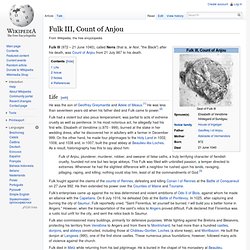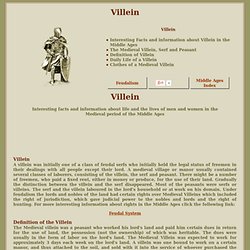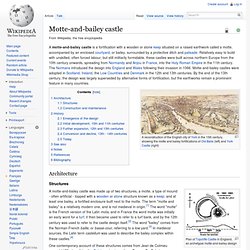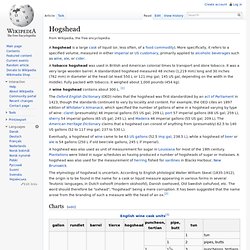

Renee Ronzone
Lesser Mouse Deer, Tragulus kanchil - Mammals Reference Library. The lesser mouse deer (Tragulus kanchil), also known as the lesser Malay chevrotain or the kanchil, is an even-toed ungulate that is native to Cambodia, Indochina, Indonesia, Vietnam, Sumatra, and Burma, among other areas.

It prefers a habitat within primary and secondary forests in foothills or lowland areas. It can also be found on cultivated lands at elevations of up to 1,968 feet. Within these habitats, both arid and moist vegetation can be found, as well as mangrove forests. The lesser mouse deer has not always been classified as Tragulus kanchil, but it was given its name after much debate in the 1940’s. It is thought that further taxonomic review will occur, and that its classification may change. It is thought that lesser mouse deer prefers to reside at lower elevations with thick undergrowth during the day and arid areas at higher elevations during the night. The major threats to the lesser mouse deer appear to be hunting and habitat loss. Fulk III, Count of Anjou. Fulk III (972 – 21 June 1040), called Nerra (that is, le Noir, "the Black") after his death, was Count of Anjou from 21 July 987 to his death.

Life[edit] He was the son of Geoffrey Greymantle and Adele of Meaux.[1] He was less than seventeen years old when his father died and Fulk came to power.[2] Fulk had a violent but also pious temperament, was partial to acts of extreme cruelty as well as penitence. In his most notorious act, he allegedly had his first wife, Elisabeth of Vendôme (c.970 - 999), burned at the stake in her wedding dress, after he discovered her in adultery with a farmer in December 999. On the other hand, he made four pilgrimages to the Holy Land in 1002, 1008, and 1038 and, in 1007, built the great abbey at Beaulieu-lès-Loches.
Fulk of Anjou, plunderer, murderer, robber, and swearer of false oaths, a truly terrifying character of fiendish cruelty, founded not one but two large abbeys. Fulk also commissioned many buildings, primarily for defensive purposes. Issue[edit] Villein. Interesting facts and information about life and the lives of men and women in theMedieval period of the Middle Ages VilleinA villein was initially one of a class of feudal serfs who initially held the legal status of freemen in their dealings with all people except their lord.

A medieval village or manor usually contained several classes of laborers, consisting of the villein, the serf and peasant. There might be a number of freemen, who paid a fixed rent, either in money or produce, for the use of their land. Gradually the distinction between the villein and the serf disappeared. Most of the peasants were serfs or villeins. Motte-and-bailey castle. A motte-and-bailey castle is a fortification with a wooden or stone keep situated on a raised earthwork called a motte, accompanied by an enclosed courtyard, or bailey, surrounded by a protective ditch and palisade.

Relatively easy to build with unskilled, often forced labour, but still militarily formidable, these castles were built across northern Europe from the 10th century onwards, spreading from Normandy and Anjou in France, into the Holy Roman Empire in the 11th century. The Normans introduced the design into England and Wales following their invasion in 1066.
Motte-and-bailey castles were adopted in Scotland, Ireland, the Low Countries and Denmark in the 12th and 13th centuries. By the end of the 13th century, the design was largely superseded by alternative forms of fortification, but the earthworks remain a prominent feature in many countries. Architecture Structures Windsor Castle, built with a motte (centre) and two baileys (left and right) Construction and maintenance History. Hogshead. A tobacco hogshead was used in British and American colonial times to transport and store tobacco.

It was a very large wooden barrel. A standardized hogshead measured 48 inches (1,219 mm) long and 30 inches (762 mm) in diameter at the head (at least 550 L or 121 imp gal; 145 US gal, depending on the width in the middle). Fully packed with tobacco, it weighed about 1,000 pounds (454 kg). A wine hogshead contains about 300 L. [1] Epistolæ: Letter sent by Hedybia. Zebu.uoregon.edu/~rayfrey/321/lecture9.pdf.
Anthropology. Epistolæ: Medieval Women's Letters. Language. Endless curiosity is the core.